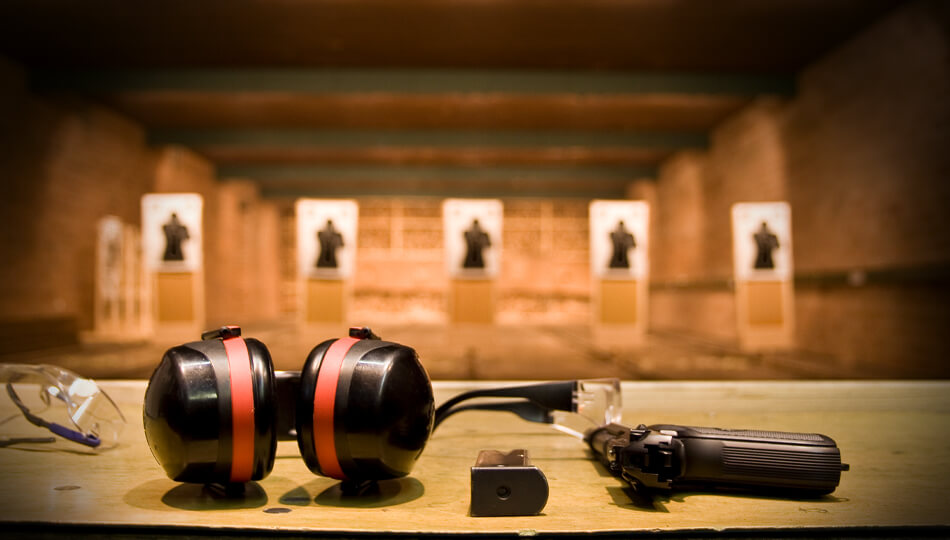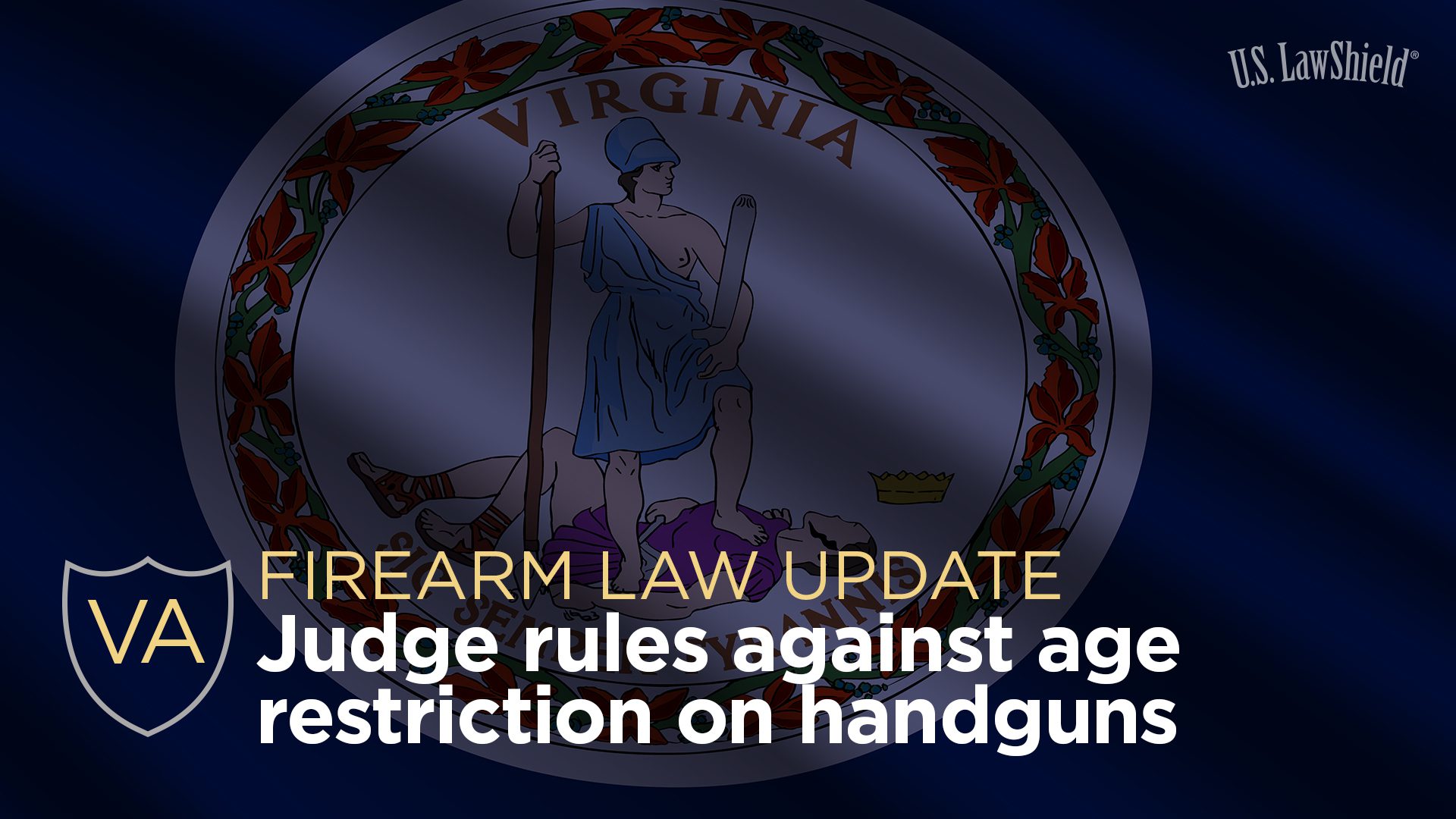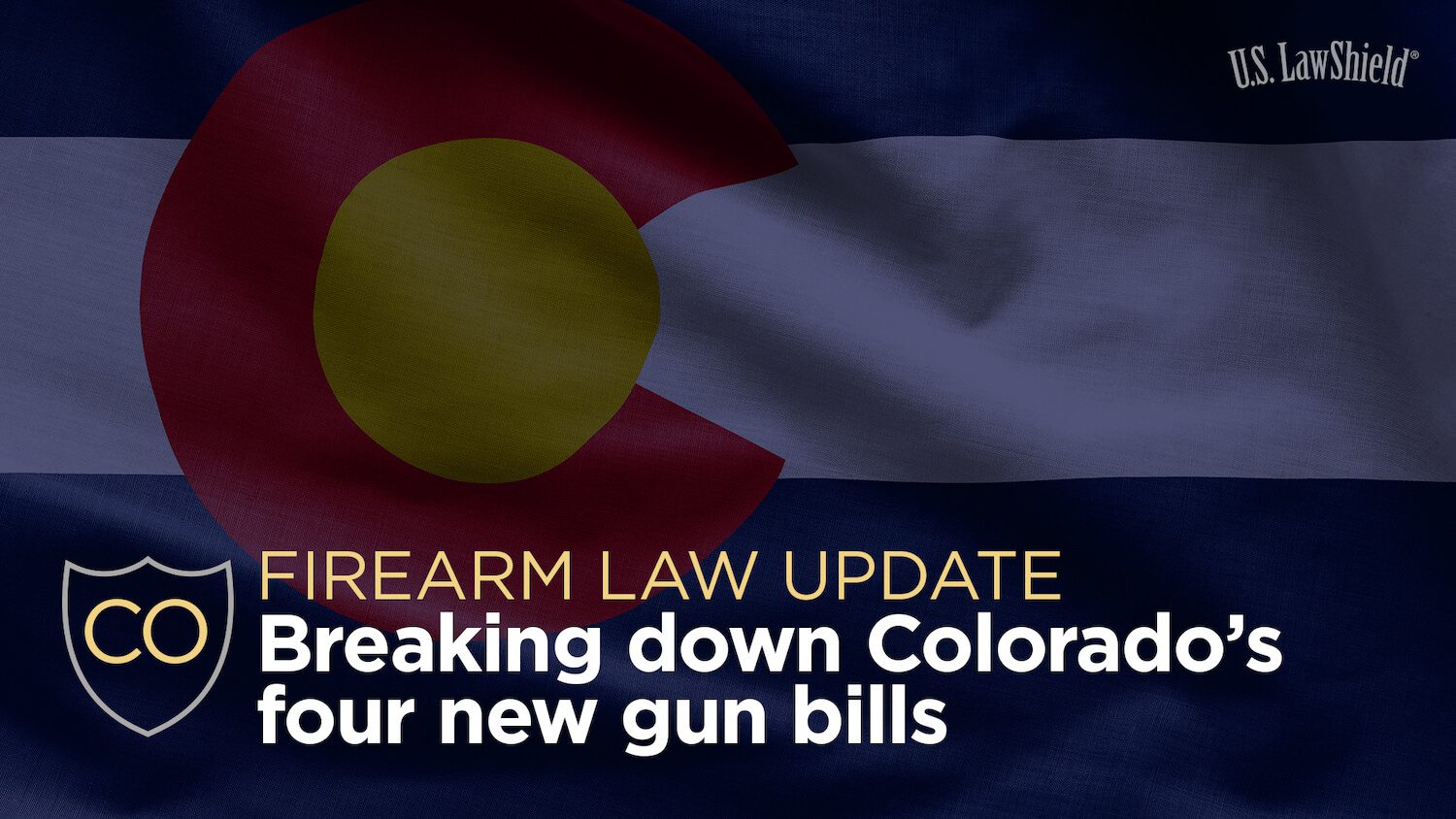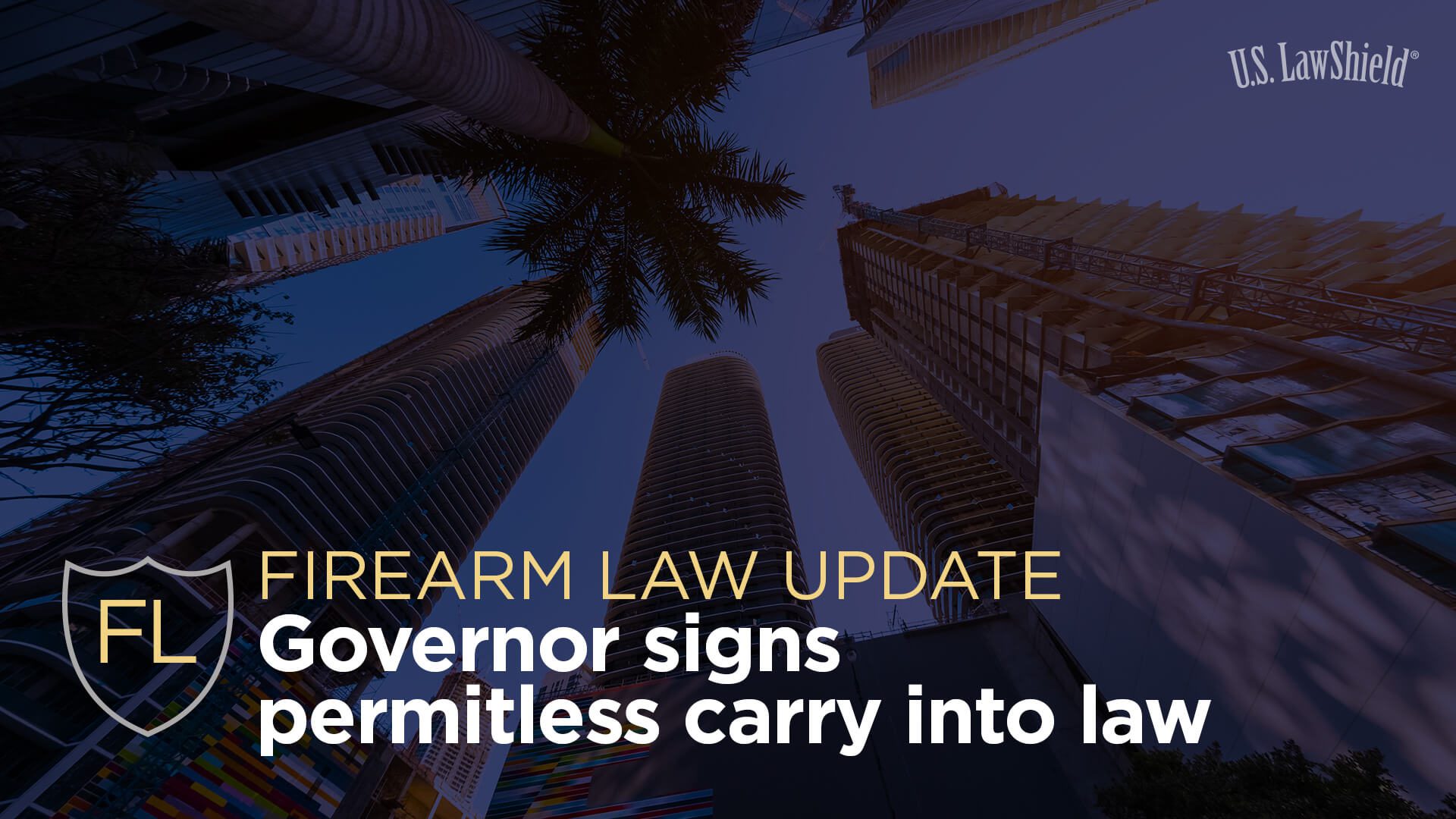
Whether you’re a new gun owner or a long-time firearms shooter, proper gun range etiquette is one of the most important parts of range safety. An exciting day of target shooting practice can easily be spoiled by someone who is unaware or simply inconsiderate of good range manners. Make sure your trip to the range is fun, safe, and effective with these gun range etiquette tips.
What Should You Never Do When Going to the Range?
Any experienced firearms owner will tell you the most important rule of gun range etiquette is safety. That means any behavior that endangers yourself or others is simply unacceptable. Unfortunately, many shooters seem to minimize the importance of safety at a gun range because it’s a controlled environment. But accidents can happen anywhere, and the range is no exception.
A common safety mistake new shooters tend to make is not paying attention to where they’re pointing their guns. The adrenaline rush that comes after pulling the trigger can take a while to get used to, and when you’ve just shot a gun for the first time, you can easily get lost in the excitement. So, make sure you always follow basic gun safety and always keep your firearms pointed in a safe direction.
Tips for First-Time Gun Owners at a Firing Range
There are a few etiquette tips for first-time range-goers that can really help you get the most out of the experience.
- Let them know you’re new. They’ll help you get started.
- Ask questions. Clearing your confusions increases your safety.
- Clean up after yourself. This is common courtesy!
Planning Your Trip
Proper range etiquette starts before you even get to the range. If you’re a first-time shooter or simply want to make sure you’re practicing good range manners, here are some things you should consider when planning your trip.
Dress Appropriately
You don’t have to dress up, but you want to make sure you’re covering sensitive areas for safety reasons. Appropriate range attire includes:
- Higher necklines
- Close-toed shoes (NEVER wear sandals)
- Pants (not shorts)
- Hats (optional, but helpful when visiting outdoor ranges)
Prepare Your Gear
Many ranges will let you rent firearms and purchase things like targets and ammo, if needed. But if bringing your own gear, make sure your range bag includes:
- Gun and gun case
- Ammo and ammo box/case
- Approved targets
- Eye and ear protection
Gun Range Etiquette Best Practices
Once you’ve arrived at the range, there are some common courtesy practices that show you respect the range and the other shooters around you:
- Some shooting ranges require you to reserve range time before visiting. Make sure you contact your local gun range to see if this is something you need to do.
- Read and follow the gun range safety rules and procedures exactly. They exist for a reason and are strictly enforced.
- Listen carefully to all range staff members, especially the Range Safety Officer.
- Stay in the lane you’ve been assigned. It’s rude (and unsafe) to intrude on other shooters’ space.
- NEVER aim a firearm anywhere other than downrange, and only shoot at your own targets.
- When you’re ready to leave, clean up after yourself. Don’t leave any trash or gear behind.
- If you’re a regular range shooter, do not assume someone (especially a woman) wants/needs your help. If they want advice, they’ll ask.
Enjoying this content? Find out how you can get more sent straight to your inbox.
Range Safety Rules
The most important rule of gun range etiquette is firearm safety. Ranges have a list of safety rules and procedures and typically require you to read them before allowing you to shoot. Most are based on the golden rules of firearm safety, so make sure you’re well-versed in these if you’re a first-time gun owner or range-goer. Each range will have its own unique set of rules and procedures, but they all generally tell you to follow the Range Safety Officer’s instructions. Also, most ranges require all guns to be disassembled and in a case when not at the firing lane as an added safety measure. Again, you should review the firearm range rules of your local gun range every time you visit.
Terms to Know at a Firing Range
Range Safety Terms
- Cold Range: A range command meaning there’s no live fire and guns should be unloaded and/or unaimed. Also called a “Closed Range” or a “Cease Firing” command.
- Clear: This means the range is physically clear of any potential safety issues and no one is downrange. Do NOT resume shooting until the Range Safety Officer tells you.
- Downrange: The end of a gun range where targets are hung/placed. The Range Safety Officer will usually command shooters to cease firing when someone is walking or standing downrange.
- Firing Lane: The designated area shooters are allowed to aim and fire in. Typically includes a shooting bench and/or booth and a target post. Ranges have multiple lanes running parallel to one another, and you’re expected to stay in your own lane.
- Firing Line: The line where you position yourself to get ready to shoot. These lines are either visibly marked on the ground or clarified as a specific location by the Range Safety Officer. In firing lanes, this line is usually just the shooting bench. Only shooters are allowed on the firing line.
- Hot Range: A range command meaning shooters are allowed to start firing and moving loaded firearms to or from the firing line. Also called an “Open Range” or a “Commence Firing” command.
- Range Safety Officer (RSO): The range staff member responsible for supervising shooters, enforcing the range’s rules and procedures, and handling any problems that occur. They often yell out range commands, especially at outdoor ranges. Also called the “Range Master.”
- Misfire: When a bullet cartridge fails to eject when firing the gun. If unresolved, this problem can lead to an accidental discharge, which can be deadly.
Range Equipment & Gear Terms
- Casing: Usually brass, this is the cylindrical tube part of a round of ammo. It should be ejected from the gun once fired. Sometimes called “shells.”
- Eyes & Ears: The best range bags always include eye protection and hearing protection. Proper gun range etiquette (and safety) requires everyone—not just shooters—on the range to wear ballistic eyewear to protect the eyes from debris, as well as hearing protection to prevent ear damage from the loud gunshots.
- Target: The item you’re shooting at. These are typically sheets of paper with some form of bullseye pattern to help measure accuracy. Most shooting ranges will have approved targets available for purchase.
Indoor Gun Ranges vs. Outdoor Gun Ranges
Depending on the type of range you plan on visiting, the safety rules and procedures will vary. Proper gun range etiquette, however, will not. If you’re unsure about what you should bring, what the range provides, or the benefits they offer, reach out and ask before you go. Regardless of whether you’re going to an indoor or an outdoor firing range, learning proper range etiquette is essential to keeping you and everyone else safe. Plus, it’ll help you get the most out of your shooting experience. After a few more visits to the range, you’ll start to feel more confident with your training and firearm skills.
FAQ’s for Gun Range Etiquette
Your Protection Starts Here!
The information provided in this publication is intended to provide general information to individuals and is not legal advice. The information included in this publication may not be quoted or referred to in any other publication without the prior written consent of U.S. LawShield, to be given or withheld at our discretion. The information is not a substitute for, and does not replace the advice or representation of a licensed attorney. We strive to ensure the information included in this publication is accurate and current, however, no claim is made to the accuracy of the information and we are not responsible for any consequences that may result from the use of information in this publication. The use of this publication does not create an attorney-client relationship between U.S. LawShield, any independent program attorney, and any individual.




Hey! So here’s a thing: my niece just told me that she considers being a part-time security guard during her upcoming semester break. It was quite fascinating to discover that it’s better to hire a certified instructor to help us get used to a proper gun handling. I’ll show this article to her when she makes her reservation in the near future.